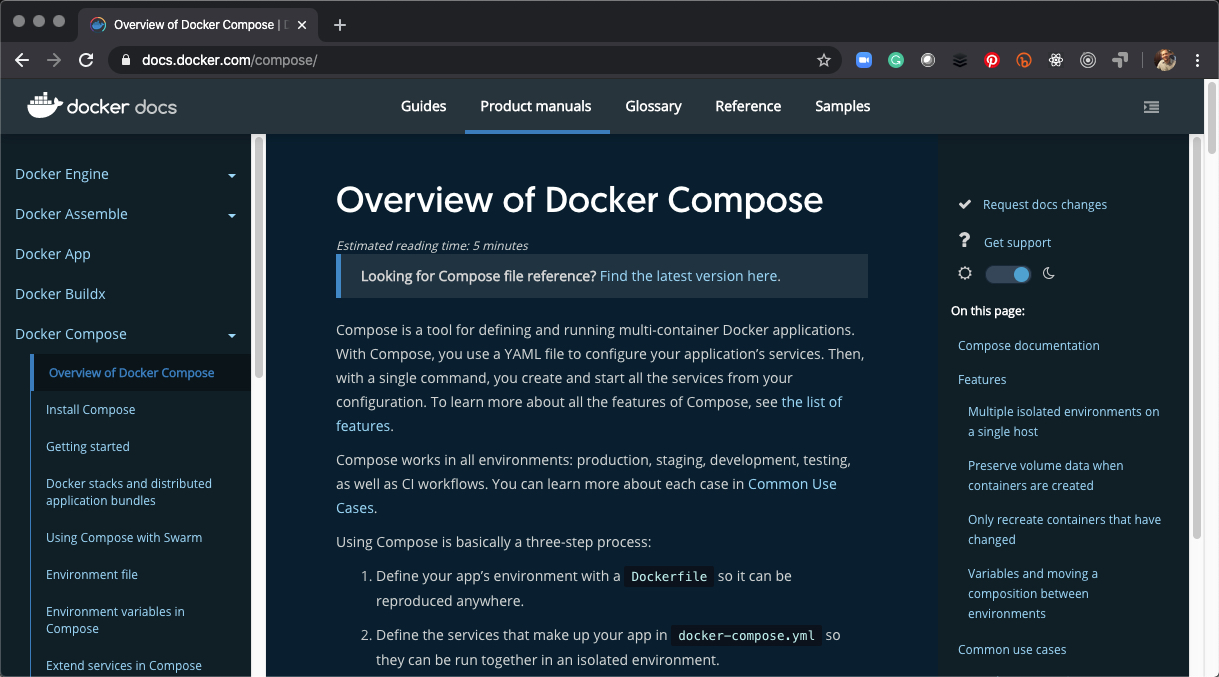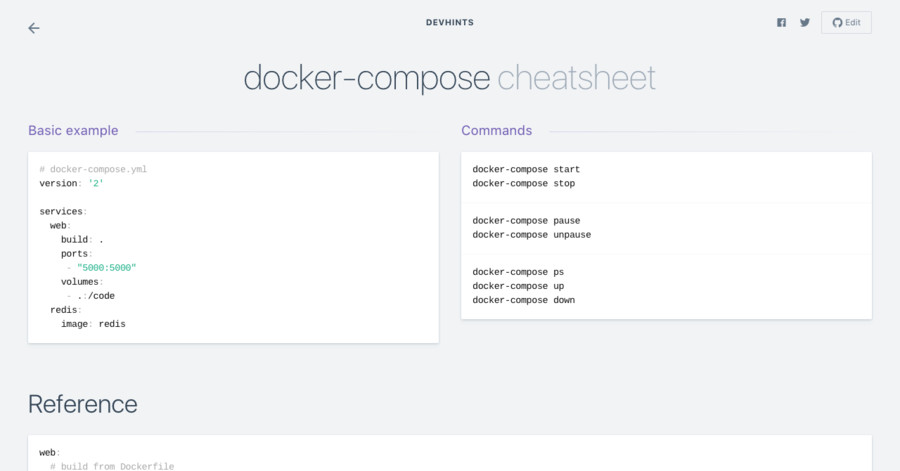


In LoadRunner majority of times all of our requirements gets done with the inbuilt web vuser functions but there are at times we might need to extend the logic(C scripting code) to fulfill the requirement.

This entry was posted in Advanced, Apache JMeter, Docker, Grafana and tagged docker-compose, Grafana, influxdb, Jmeter, monitoring on Januby Codename542.
#Docker compose neoload password
Grafana login screen and username is admin and password is grafana since i specified it via env variables from docker compose file Jmeter grafana dashboard first section shows aggregated summary for all transactions Specific transaction selected from the grafana template variables from the above screenshot docker-compose down to stop and delete all the running containers Select * from measurement - list of all data in the table Show measurements - shows all the tables in the database Use databasename - connect to specified database

Jmeter InfluxDB configuration Running docker-compose build to build images from the context specified to get the latest images created docker-compose up -d running the container services in detached mode so that i can connect to containers seperately docker ps to show the live containers and connecting to influxdb container to check DB created with jmeter Type influx command and influx shell get's opened Using docker-compose build by providing build context we can build the image from the specific docker file folder using docker-compose yaml itself as belowĬontext - where exactly the dockerfile resides and build and tag with the image name specified in our case it's 'jmeter-docker:latest'ĭepends_on - make sure services in the section specified will be starting and running which are dependent on the current service. Finally just run docker-compose up -d to run all the services defined in docker-compose.yaml file in detached mode. Use docker-build to build the docker image from the specific build context folder where dockerfile resides to get the latest changes into docker image.Ħ. Create environment variables to pass it to the runnning containers such as ex: creating TSDB with name Jmeter in influxdb before running jmeter executions. Create volumes such as named volumes to persist the data whenever there are any unseen container exists and we can use volumes to get the data back just define it in Yaml docker will create for youĤ. Create a Network to connect multiple containers to establish connection between them and default network is bridge and just define it in the yaml no need to explicitly create it.ģ. Create customized docker files for jmeter & grafana and place in each respective folders and for influxdb can be directly pull it from dockerhub.Ģ. Steps to be followed to create Docker Compose Yaml fileġ. grafana-volume:/etc/grafana/provisioning GF_INSTALL_PLUGINS=grafana-clock-panel,briangann-gauge-panel,natel-plotly-panel,grafana-simple-json-datasource Tweak the docker-compose file according to your need and always go with latest versions of images. With a single docker-compose up -d command we can setup our jmeter execution and monitor the live results in grafana and saves the raw and html report of the jmeter execution in your host machineĬreate a folder under which docker-compose file resides and add grafana,influxdb and jmeter folder to store the dockerfile and concerned config and data files accordingly on the github repoįor setting up only jmeter docker image please refer the below links īasic of docker-compose file.
#Docker compose neoload how to
In this blog I’m going to show you how to create a performance monitoring solution on the go.Ĭreate a docker compose file which has jmeter,influxdb and grafana services to automate performance execution and monitor the live results from grafana using influxdb timeseries database storage


 0 kommentar(er)
0 kommentar(er)
